Motherson Group collaborating with UBQ to bring carbon-negative thermoplastics into auto parts
Green Car Congress
NOVEMBER 25, 2020
The companies are joining efforts to implement the carbon-negative UBQ thermoplastic ( earlier post ) into auto parts manufactured by Motherson Group for the automotive industry. UBQ GHG Neutralizer additives enable processors to directly compensate cO 2 -equivalent emissions (GHG) generated by plastic polymers. UBQ Industrial Grade.

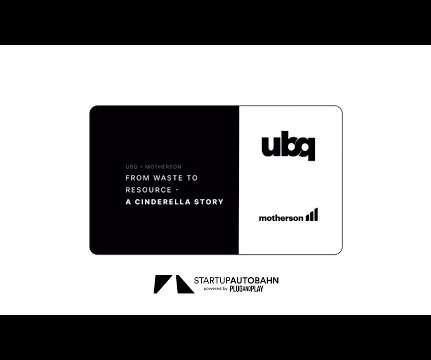
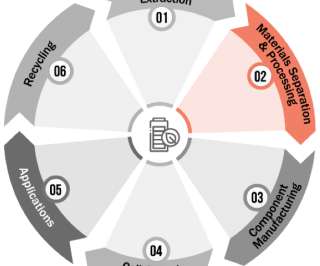


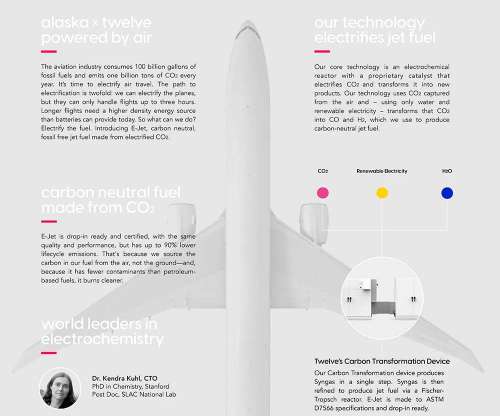
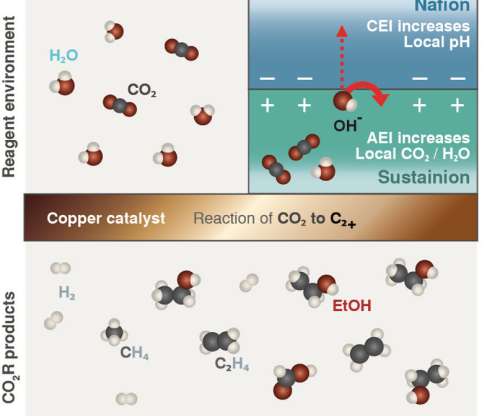























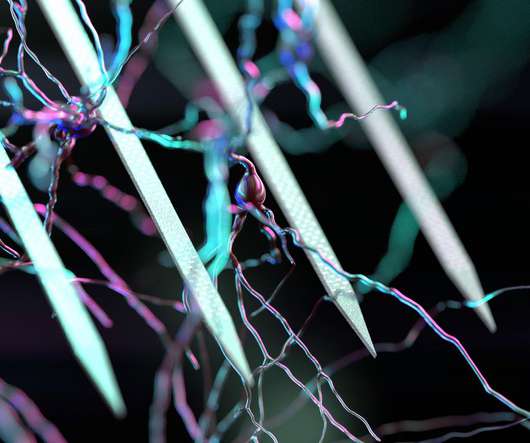







Let's personalize your content